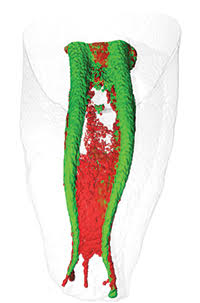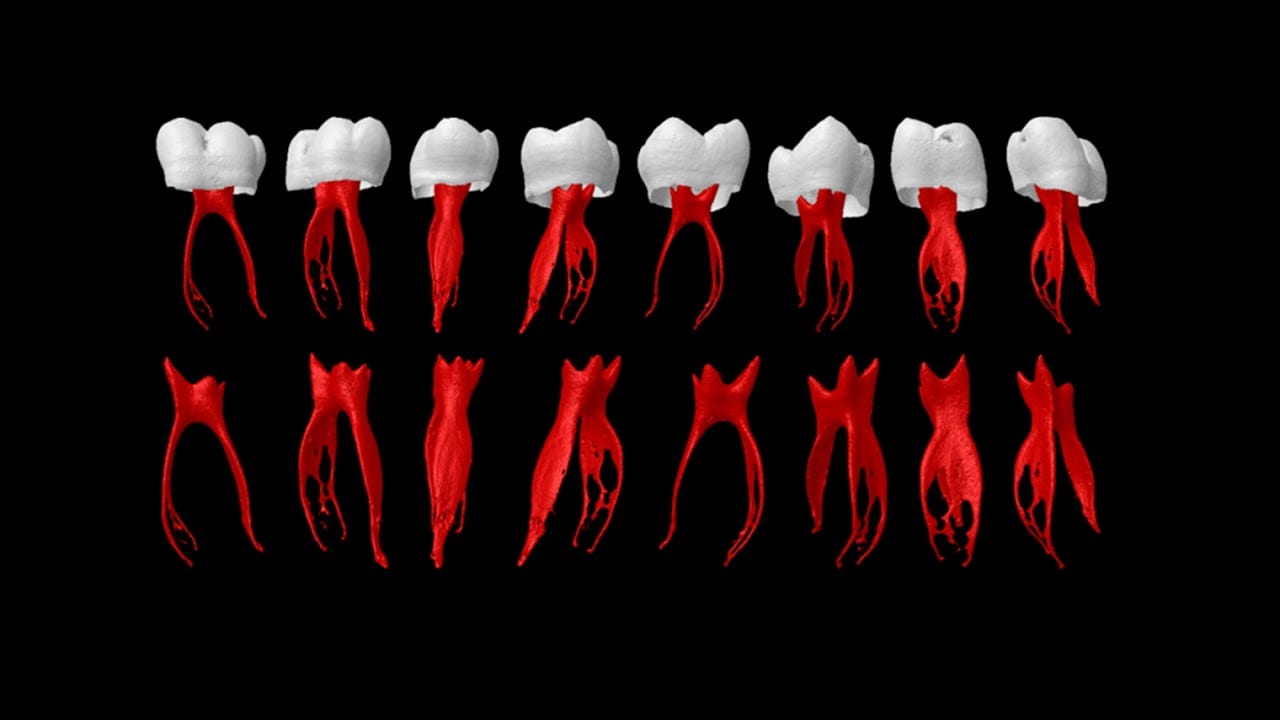SSP and SWEEPS® Endodontic Laser Treatment
Fotona’s SSP and SWEEPS® endodontic laser treatment successfully addresses a major disadvantage of classical chemo-mechanical treatment procedures: the inability to completely clean, debride and disinfect anatomically complex root canal systems.
Fast, Effective and Minimally Invasive Treatments with Two Complementary Laser Technologies
- The SSP (Super Short Pulse) irrigation (also known as Photon Induced Photo-acoustic Streaming) uses the Er:YAG laser to create non-thermal photoacoustic waves within the cleaning and debriding solutions introduced in the canal. Following this photoacoustic treatment, the canals and sub canals are left clean, and the dentinal tubules are free of a smear layer.
- The latest SWEEPS® (Shock Wave Enhanced Emission Photo-acoustic Streaming) Er:YAG laser modality additionally improves the irrigation and disinfecting efficacy of laser endodontics. By using synchronized pairs of ultra-short pulses, an accelerated collapse of laser-induced bubbles is achieved, leading to enhanced shockwave emission even inside the narrowest root canals.
The anatomy of the nerves inside a tooth vary greatly. Accessories branch from the main nerves that are difficult to clean in a standard root canal treatment.

Laser technology has several advantages in root canal treatment that can be beneficial for patients.
Here are some reasons why laser is needed for root canal treatment:
- Improved accuracy: Lasers allow for precise removal of decayed and infected tissue, leaving healthy tissue intact.
- Reduced pain and discomfort: Lasers are known for their ability to minimize pain and discomfort during dental procedures. This is because they are less invasive and cause less trauma to the tooth and surrounding tissues.
- Reduced bleeding: Laser technology cauterizes blood vessels as it works, which can significantly reduce bleeding during the procedure.
- Faster healing time: Due to the precision and minimal invasion of the laser, healing time is typically faster than with traditional root canal treatment methods.
- Reduced risk of infection: Lasers sterilize the treatment area as they work, reducing the risk of bacterial infection.
Overall, laser technology can make the root canal treatment process more comfortable, accurate, and efficient for patients. While traditional methods of root canal treatment can be effective, laser technology offers several advantages that can make the procedure less intimidating and more successful.


